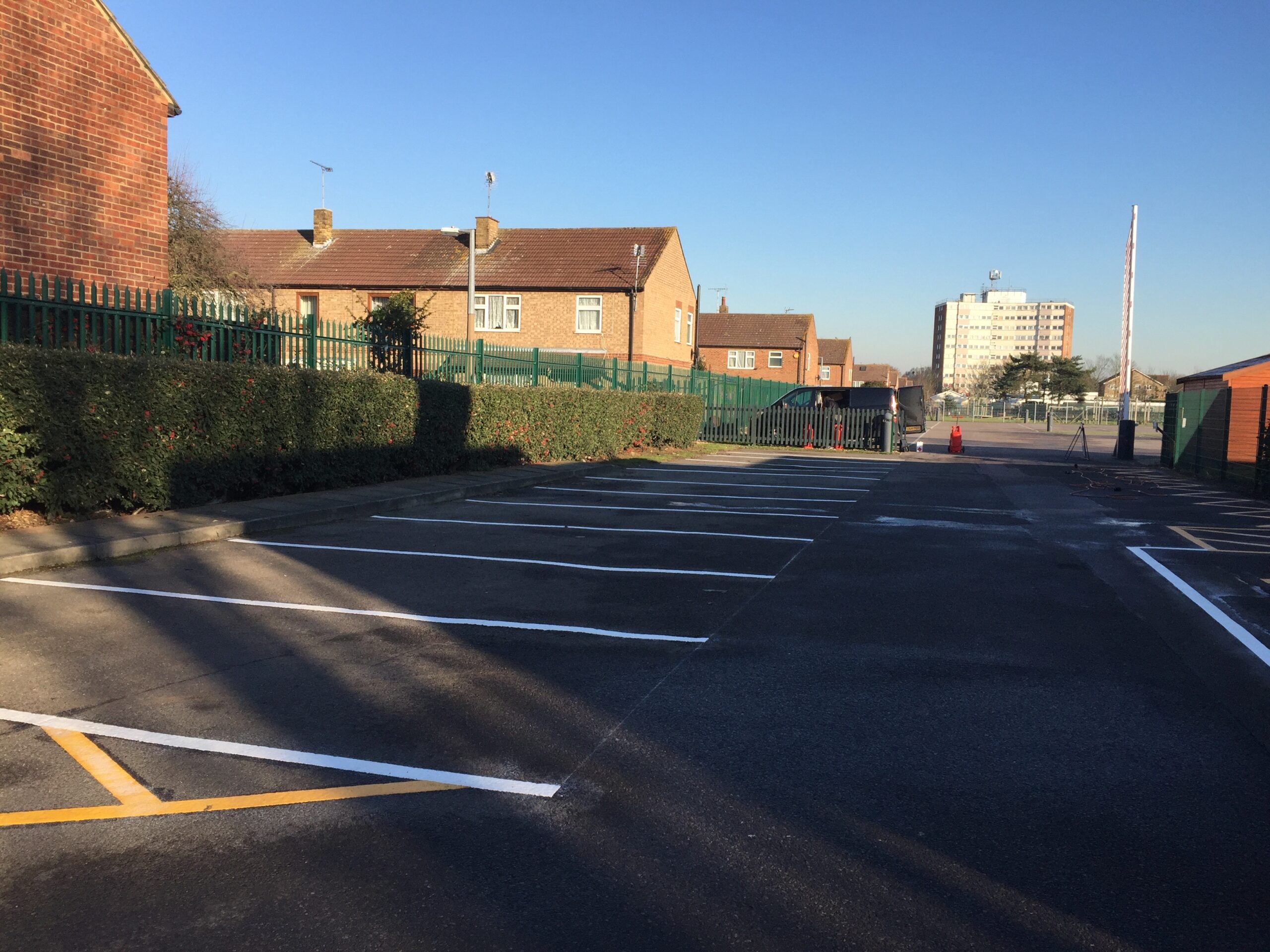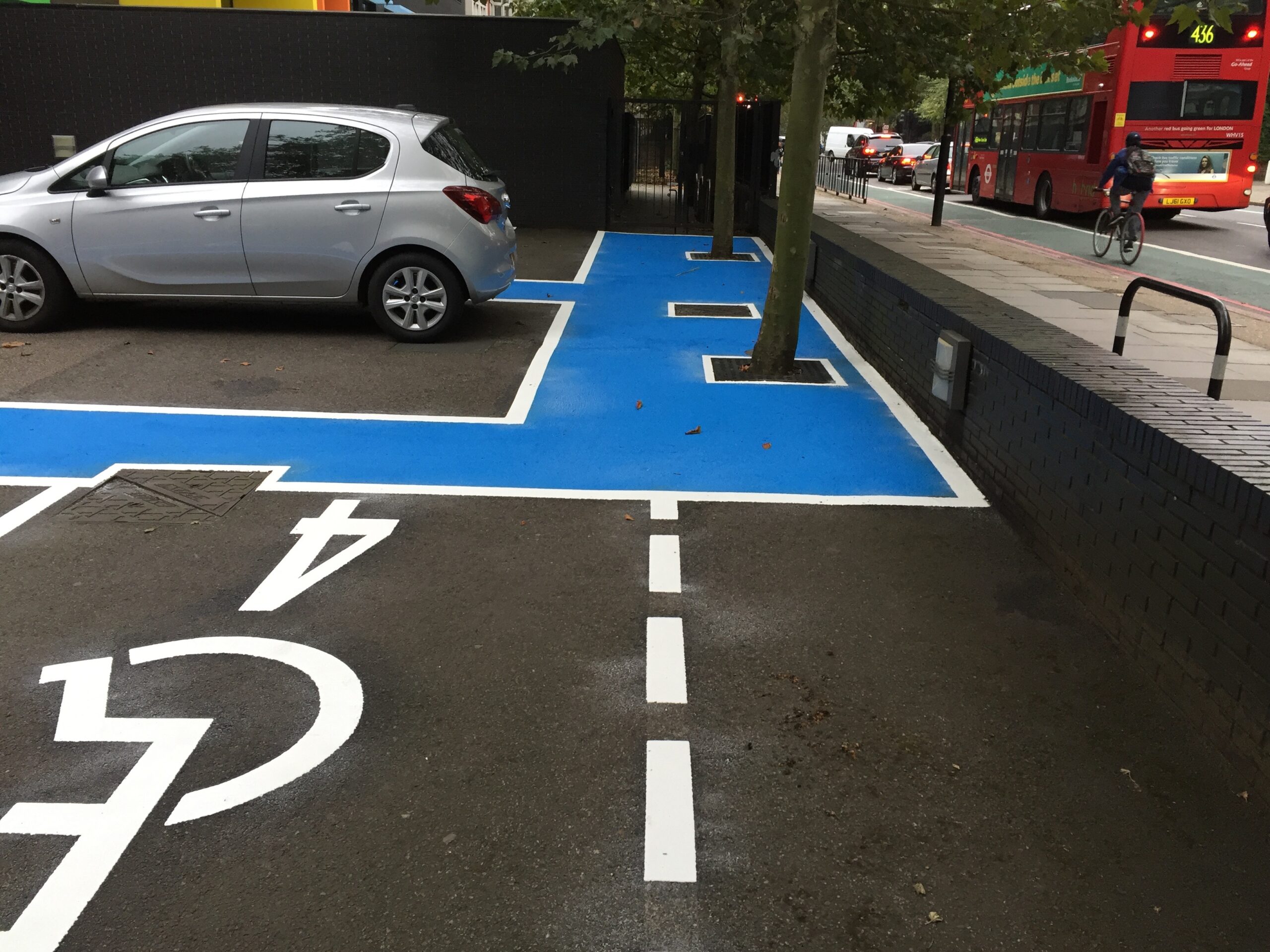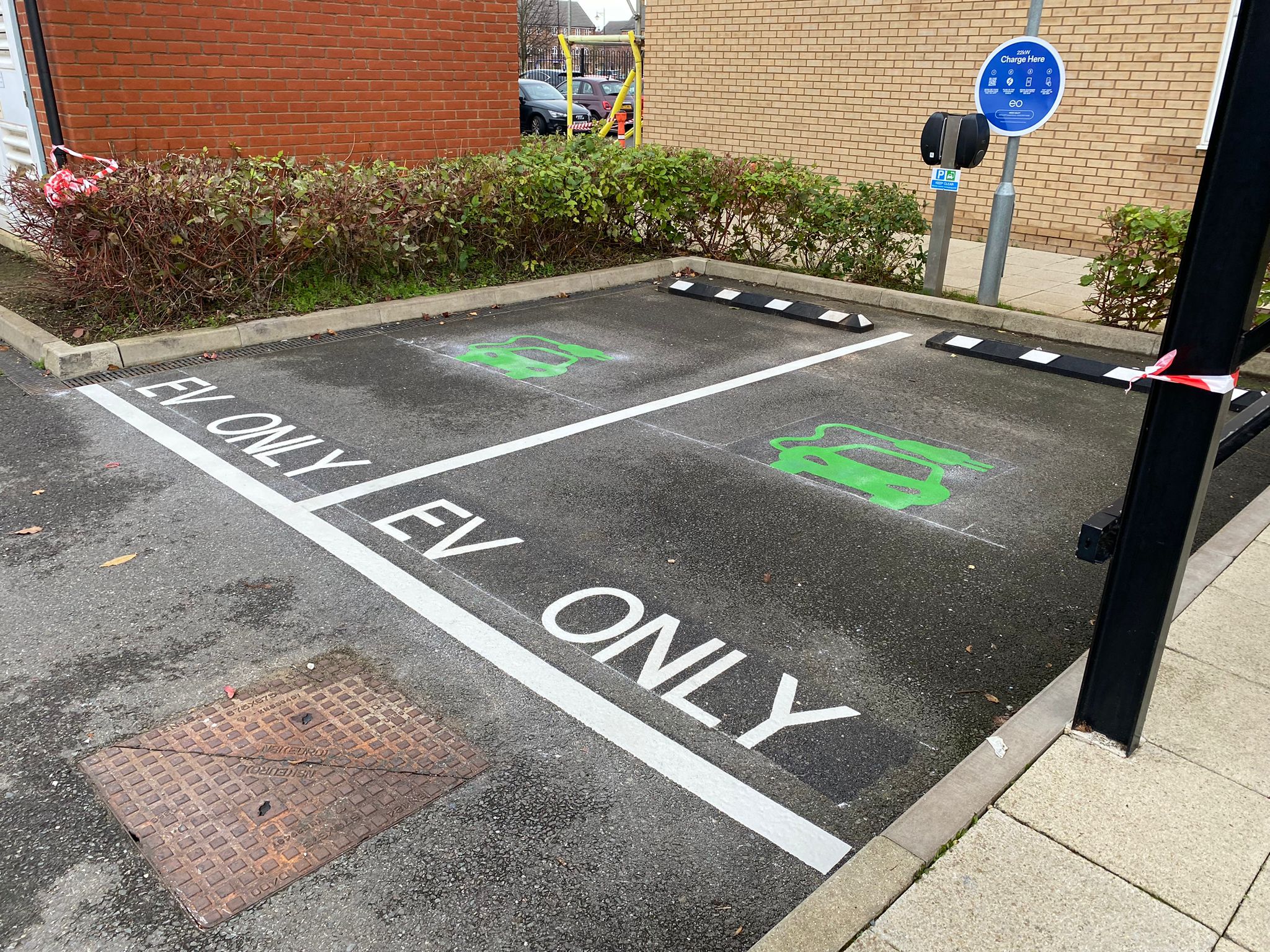Understanding the UK’s Car Park Marking Regulations
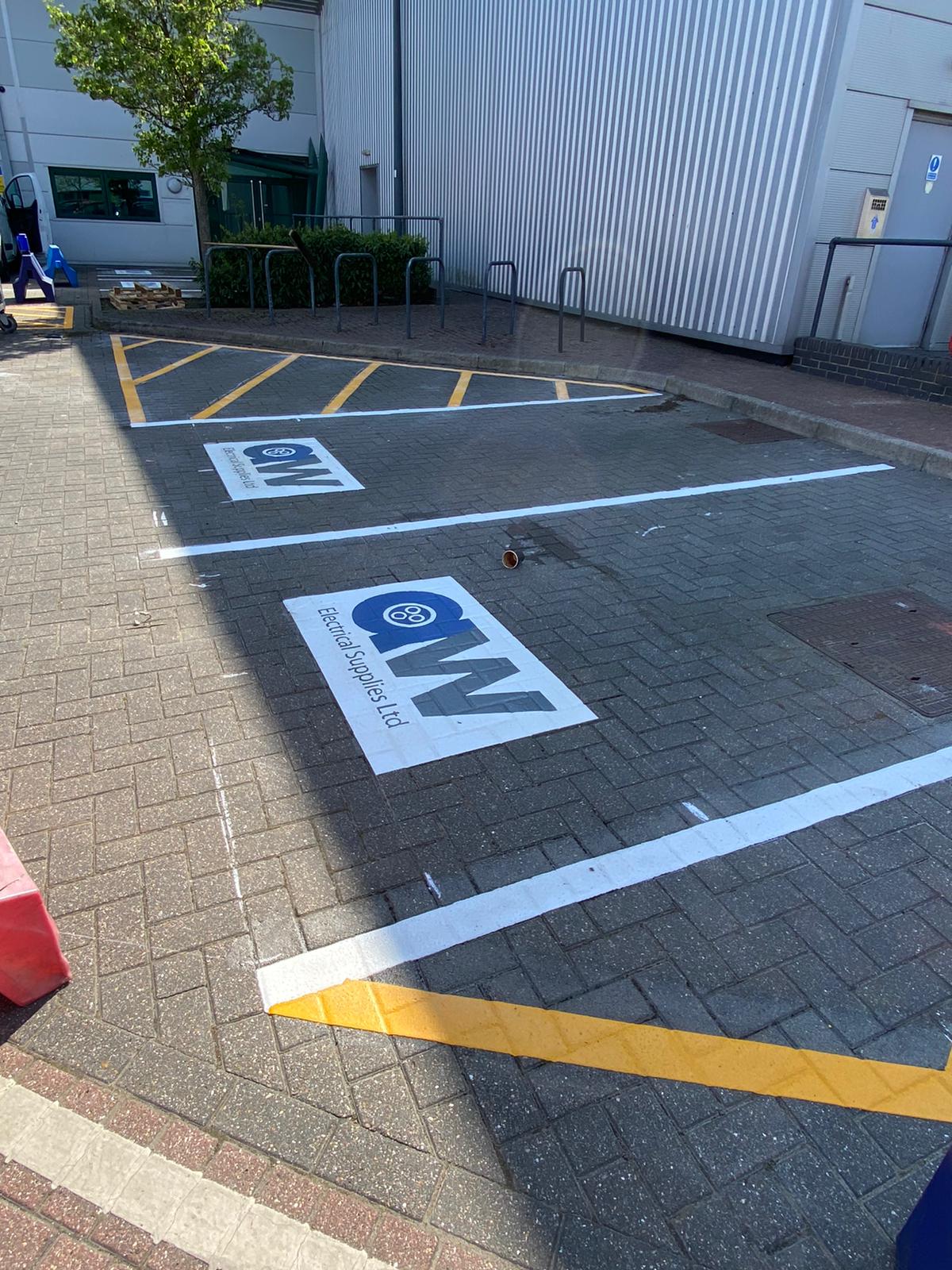
Having car park marking regulations helps to ensure that parking areas are safe, accessible, and easy to navigate. This is true whether you’re managing a school, business, or private car park. Following the correct regulations is also essential to staying compliant with legal requirements and making the most of your available space.
From parking bay marking regulations to the requirements for disabled parking bay markings, this guide breaks down everything you need to know about car park regulations in the UK. Read on to learn more, or get in touch with our team to see what we can do for your site when you need a new car parking spot.
Parking Markings for Off-Street Bays
For standard car parks, such as one for a school, the recommended bay size is 2.4m by 4.8m, with an additional 6m for manoeuvring space.
While there is no strict law governing parking bay sizes, following these guidelines helps prevent congestion and ensures vehicles can park and exit safely. If you’re designing a new car park entirely, it’s best to stick to these dimensions for ease of use.
Parking Markings for On-Street Bays
Unlike off-street parking, on-street bays don’t always require markings. Local councils have the authority to define parking marking regulations, meaning some bays will have white lines to indicate permitted parking, while others won’t.
For guidance, the Traffic Signs Regulations and General Directions 2016 suggest that on-street bays should be at least 1.8m wide, but this is not legally enforced. Councils determine their own parking bay markings regulations based on local conditions.
If you need to know more about this for your area, we’d highly recommend getting in touch with your local council.
What About Larger Vehicles?
Larger vehicles, such as delivery vans, buses, and lorries, require wider bays and additional clearance for turning. While there are no strict car park regulations in the UK specifying dimensions for larger vehicles, designated loading bays and drop-off zones should be clearly marked.
If a larger vehicle needs access to an area not officially marked, traffic authorities can temporarily permit parking to allow essential services to operate.

Creating Parking Bays
In some cases, authorities may create additional parking spaces to manage demand, particularly in high-traffic areas. Parking bay markings regulations allow councils to adjust bay sizes and layouts as required, ensuring efficient use of space while maintaining traffic flow.
Using durable car park marking regulations-compliant thermoplastic materials ensures that markings remain visible and long-lasting, reducing the need for frequent repainting.
Putting in Temporary Bays
Temporary parking bays can be introduced for events, construction projects, or emergencies. These spaces are typically marked with cones, painted lines, or temporary signs.
For example, emergency motorway repairs may require car park markings to be adapted so that breakdown vehicles have a designated space. Private car park regulations in the UK also allow businesses to create temporary bays during peak periods.
Your Size Guide to Car Park Markings
To comply with disabled parking bay markings regulations, designated spaces must be at least 3.6m wide and 6.6m long. These spaces should also feature:
- Yellow markings
- A wheelchair symbol or ‘DISABLED ONLY’
- Easy access to pavements or entrances
Government guidelines suggest that at least 6% of parking spaces should be allocated for disabled drivers. If you’re unsure about how to comply with car park regulations in the UK, our team can offer advice and suggestions on what to do with your space.
Red and Yellow Lines
Road markings are essential for regulating parking and maintaining smooth traffic flow. Whether on public roads, outside businesses, or in private car parks, it’s important to understand what different coloured lines indicate.
Red Lines – Used in Red Route Areas
Red lines are primarily used in major cities, such as London, Edinburgh, and the West Midlands, on what are known as Red Routes. These are high-traffic areas where stopping and parking are heavily restricted to reduce congestion and improve road safety.
- Single red lines: Vehicles cannot stop during peak hours, as indicated on nearby signs. Outside these hours, stopping may be permitted.
- Double red lines: No stopping at any time, with exceptions only for emergency services, taxis, and blue badge holders in designated areas.
Red Routes are usually found on main roads and high streets, helping to keep traffic moving efficiently.
Yellow Lines – Found Across the UK
Yellow lines are the most commonly used car park markings regulations-compliant road markings in the UK. They indicate parking restrictions and are enforced by local councils.
- Single yellow lines: Parking is restricted during certain hours, which will be shown on nearby signs. These lines are often found in city centres and busy roads where daytime parking needs to be controlled.
- Double yellow lines: No waiting or parking at any time, regardless of the day or time. However, blue badge holders may be allowed to park on double yellow lines for a limited time, provided they follow local rules.
School “Keep Clear” Markings
Schools must follow car park markings regulations to ensure child safety. Yellow zigzag ‘Keep Clear’ markings indicate that stopping is prohibited, helping to prevent congestion at school entrances.
If your school needs new car park markings, our team can install long-lasting designs that keep the area safe and compliant.
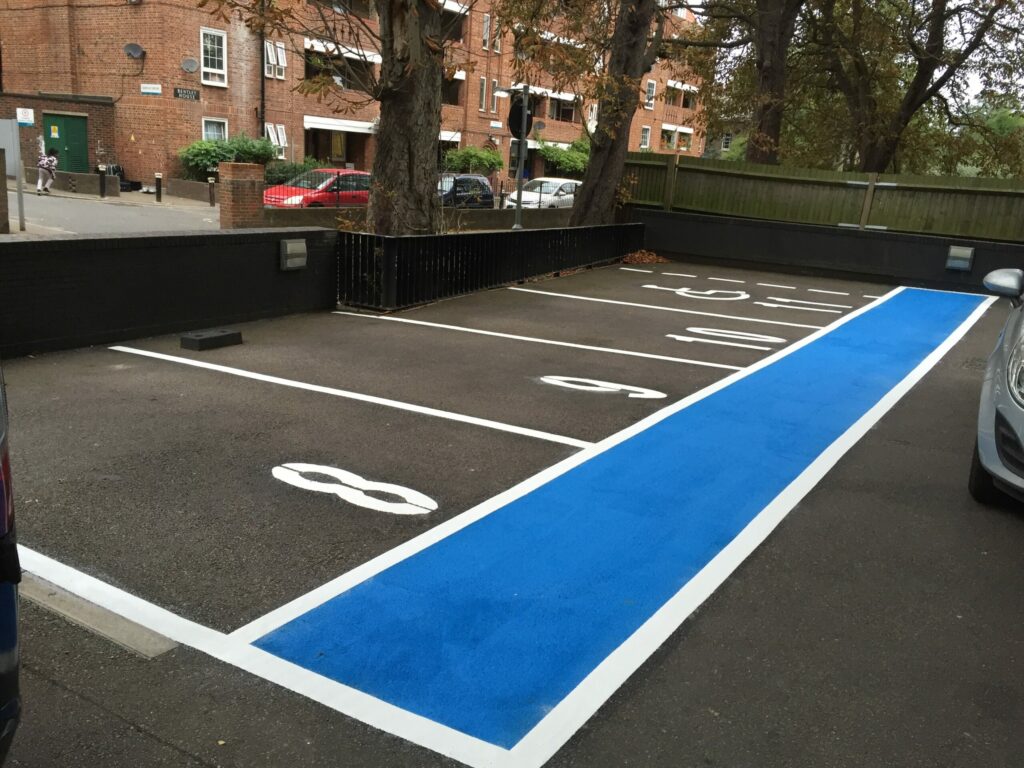
The UK’s Different Parking Zones
The UK has a variety of parking zones, each with its own set of restrictions. Understanding these zones ensures that both drivers and property owners comply with car park regulations in the UK and avoid unnecessary fines.
Controlled Parking Zones (CPZs) – Timed Restrictions
These are designated areas where parking is restricted during specific hours, usually to manage congestion in busy areas. Signs at entry points to a CPZ will display the hours when parking is limited. Outside of these times, normal parking rules apply.
Restricted Parking Zones (RPZs) – Limited Loading & Waiting
Restricted Parking Zones (RPZs) are areas where parking and waiting are heavily controlled, often without the use of yellow lines. Instead, signs indicate when and where restrictions apply.
In an RPZ, loading and unloading may also be restricted to specific hours, so it’s essential to check local signage before stopping.
Permit Parking Areas (PPAs) – Resident or Business Permits Required
A Permit Parking Area (PPA) requires drivers to display a valid permit to park legally. These permits are usually issued to:
- Residents living in the area
- Local businesses that need designated parking
- Healthcare and essential service workers with approved access
PPAs do not always have individual bay markings but are clearly signposted at entry points. Anyone without a permit risks receiving a Penalty Charge Notice (PCN).
Pedestrian Zones – No Vehicle Access During Operating Hours
Pedestrian zones restrict or completely prohibit vehicles during set hours to improve safety and accessibility for pedestrians. Outside of operating hours, delivery vehicles or emergency services may be allowed access.
Loading and unloading restrictions may still apply even when vehicle entry is permitted.
Parking on a Footway or Footpath
Unless signs indicate otherwise, parking on footways, pathways, grass banks, or verges is prohibited, particularly in London. Cars obstructing footpaths can be fined, as they pose a hazard to pedestrians – especially those with disabilities.
That being said, there are instances and areas where you may be allowed to park on a footway or footpath as long as it does not cause an obstruction. These areas may also contain signs and symbols that parking is allowed if entirely on the verge, footpath or other indicated area.
Parking on Private Land
Unlike public roads and council-operated car parks, private car park regulations in the UK are determined by the landowner or parking management company. However, while private landowners have control over their parking rules, they must comply with industry standards, ensuring that signage is clear, fair, and legally enforceable.
Essential Signage for Private Car Parks
To avoid confusion and disputes, all private car parks must display clear signage stating:
- Who is allowed to park: Some car parks are for customers, employees, or permit holders only, while others allow public use. The sign should specify any restrictions, such as “Staff Only.”
- How long parking is permitted: Many private car parks impose a maximum stay limit to prevent misuse. For example, a supermarket might allow two hours of free parking before charges apply.
- Any charges or penalties: If a car park has fees, these must be clearly stated. This includes:
- Hourly/daily rates
- Payment methods (e.g., pay-and-display, app-based, or ANPR-controlled entry)
- Penalties for overstaying or parking without authorisation
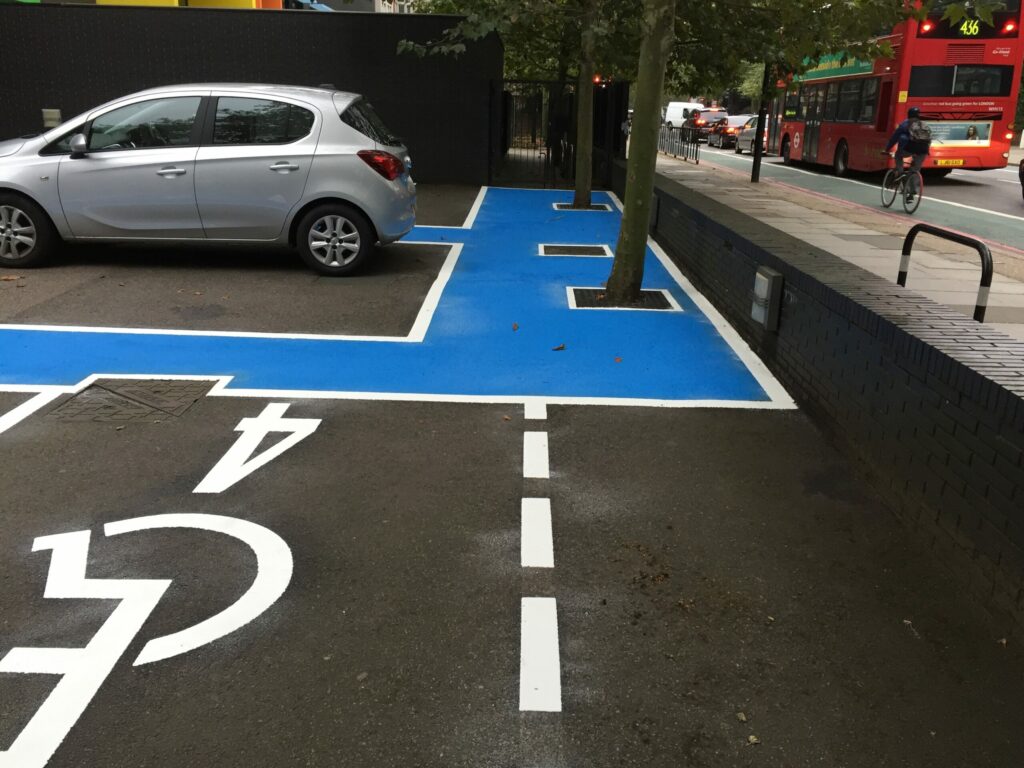
Local Authority Parking
Certain parking spaces are reserved for local authorities and government workers. These areas are marked with clear signage and unauthorised parking can result in fines.
Further information should be available on the signs, or made available when you get in touch with your local authority.
Do You Need New Markings for Your Site?
Ensuring your site meets car park regulations in the UK is essential for safety and compliance. Whether you need disabled parking bay markings, school car park markings, or even designs made to mark out spaces for charging electric vehicles, our team can help.
Work With Us and Keep Your Site Compliant
With over 20 years of experience and a reputation for exceptional customer service, we can offer high-quality markings and expert advice. Our thermoplastic markings dry in just 20 minutes, meaning no long closures or unnecessary delays, and we’ll even work weekends and break times to fit your schedule.
We offer a hassle-free service, competitive pricing on like-for-like products, and expert installation across the UK. Contact us today for a free, no-obligation quote and let’s create a safe and compliant car park for your site.

